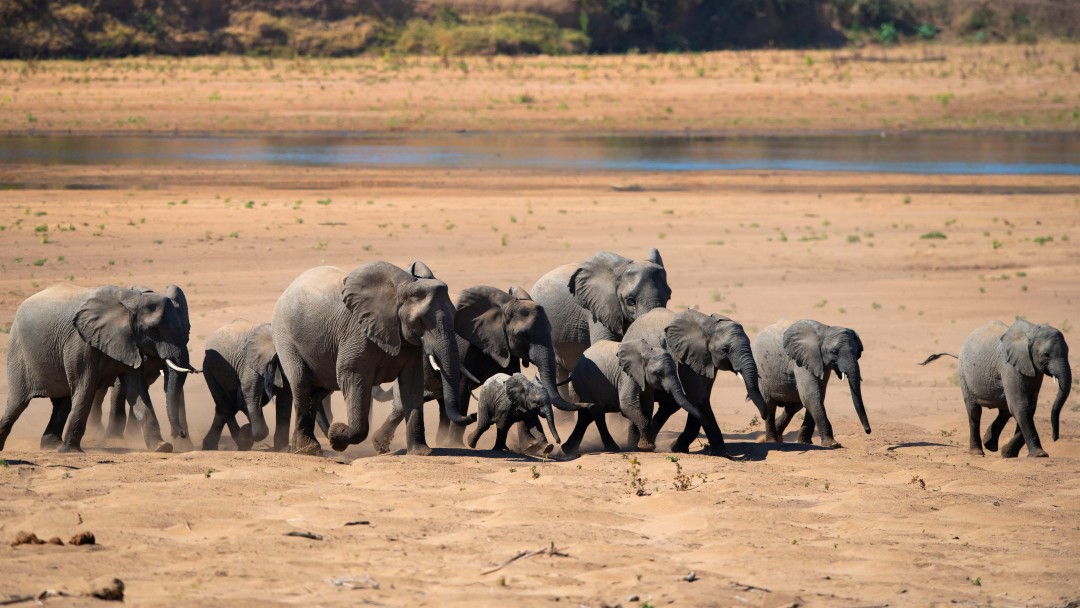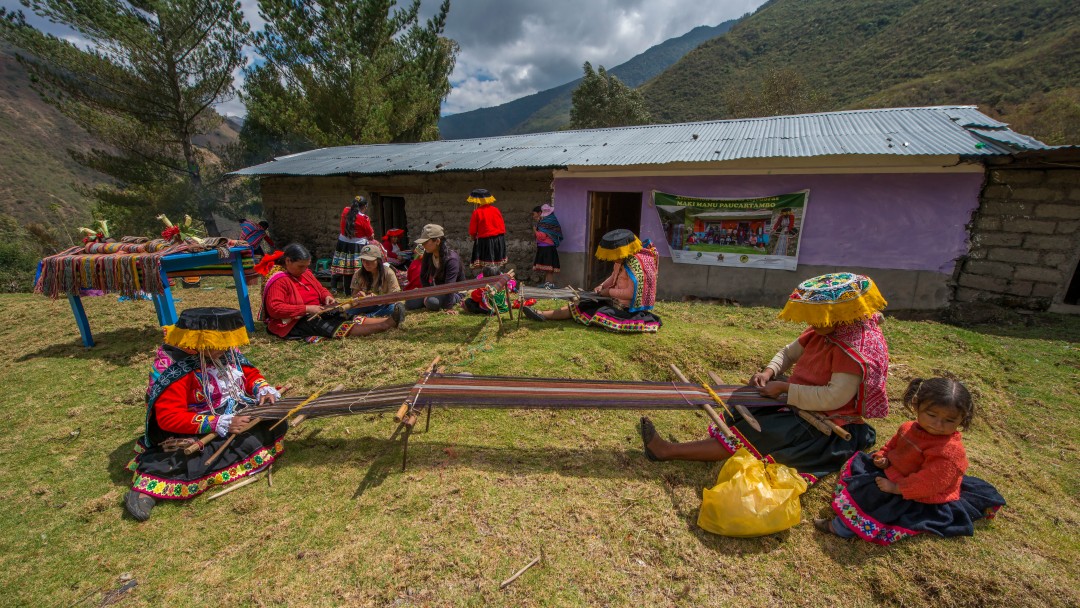News from 2023-05-22 / KfW Development Bank
A success for nature conservation: Two years of the Legacy Landscapes Fund
KfW instrument for biodiversity conservation celebrates anniversary

Two years ago, around World Biodiversity Day on 22 May, the Legacy Landscapes Fund (LLF) was officially launched. The LLF uses private and public funds to support conservation areas where biodiversity is highest and poverty is greatest. It is an initiative of KfW Development Bank on behalf of the German Federal Government.
The majority of protected areas in poorer parts of the world are very often underfunded and thus often poorly managed. For this reason, the LLF provides long-term basic financing for protected areas including buffer zones in developing countries and emerging economies, thus ensuring that they can effectively fulfil their task of conserving unique ecosystems.
The fund's financial resources come from both public and private sources. Not least because of this forward-looking financing model, which is regarded as particularly innovative, the LLF was explicitly and rewardingly mentioned in the summit documents of last year's 15th World Conference on Nature (Convention on Biological Diversity, COP 15) in Montreal.
Much achieved, still high goals
In the past two years, the LLF has achieved a lot. Seven pilot sites have been joined by seven potential additional sites that have emerged from a "Call for Proposals" and are in the final stages of the selection process. Accordingly, from the end of 2023, the LLF is expected to fund 14 conservation areas in Africa, Asia and Latin America, covering around 380,000 square kilometres. This is equivalent to about 1.5 times the area of Great Britain.
This means that in just two years, the LLF has already reached almost half of its target margin: by 2030, it wants to support 30 of the most biodiverse nature reserves in poorer regions of the world with one million US dollars each per year, thus contributing to their conservation.

New donors won, more funds in prospect
Currently, the fund has around EUR 295 million at its disposal from public and private sources, which now include France and Norway. In addition, further grants are in prospect.
In addition to strengthening protected areas in general, the LLF has already achieved a number of concrete results through its work: In Iona National Park in Angola, preparations have been made for the reintroduction of giraffes; in Gonarezhou National Park in Zimbabwe, five baby rhinos have been born; in Bolivia, indigenous communities in and around Madidi National Park have been supported in protecting their land against illegal mining. These are just a few examples of the impact of LLF funding in conserving valuable biodiversity in the Global South.
Nature important in the fight against climate change
The LLF is an important tool in the fight against biodiversity loss, which is one of the greatest challenges facing humanity today and also plays a crucial role in the fight against climate change. Preserving wilderness and nature, forests and peatlands sequesters CO2 and thus helps to reduce the increase in global warming. Promoting biodiversity in the biodiverse regions of the Global South is therefore a crucial buffer against rising temperatures.
SDG 15 – Life on Land | KfW Development Bank (kfw-entwicklungsbank.de)

Share page
To share the content of this page with your network, click on one of the icons below.
Note on data protection: When you share content, your personal data is transferred to the selected network.
Data protection
Alternatively, you can also copy the short link: https://www.kfw-entwicklungsbank.de/s/enzBWrMC.C6hA
Copy link Link copied